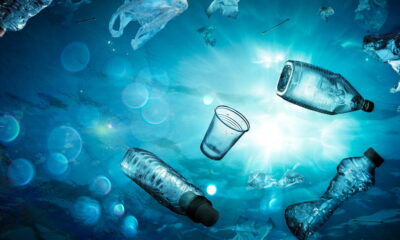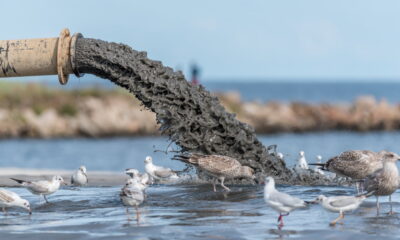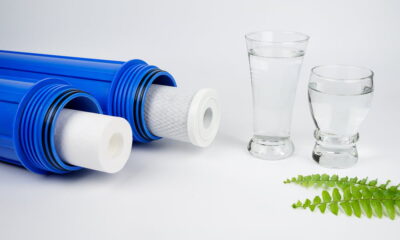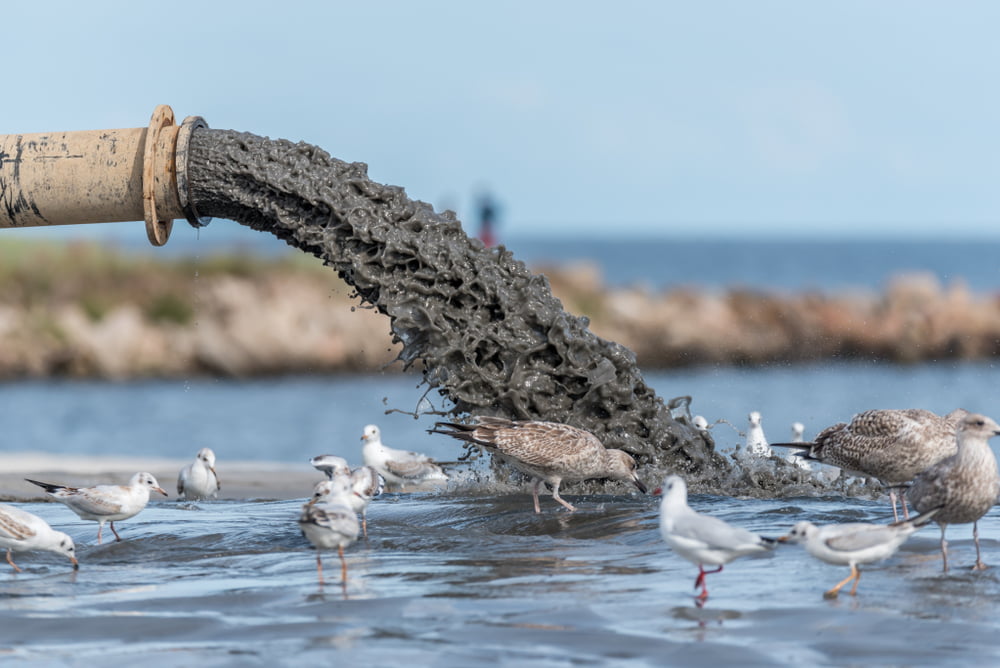
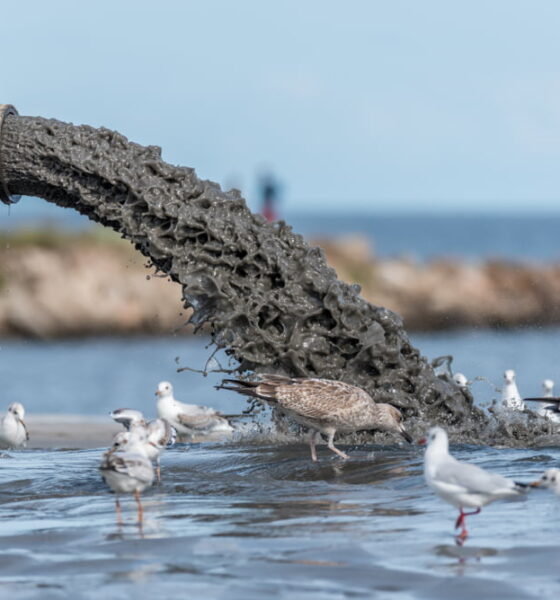
Editors Choice
Signs and Causes of Water Contamination We Must All Recognize
Water pollution is a huge problem. Around 40% of all lakes in the United States are too polluted to fish or swim in and over 1.2 trillion gallons of sewage and industrial waste are dumped into U.S. water each year.
But what are the warning signs? We need to be able to recognize water contamination to prevent it.
When you open your tap, you expect the water to be pure and safe for drinking. But the truth is, you could be consuming water contaminated with harmful chemicals daily.
Some of these contaminants are introduced into water systems through agricultural and industrial activities, while others come from overflowing sewers. To help you stay safe, here is a list of common chemicals that contaminate water and their symptoms.
Common Water Contaminants
Environmentalists are trying to promote cleaner water. Here are some of the most common contaminants that they focus on.
Arsenic
Arsenic is a chemical that occurs naturally in the earth’s crust. However, this chemical can find its way into water sources from pesticides, industrial deposits, coal power plants, and petroleum production.
Arsenic can be toxic even when ingested in small amounts. Short-term exposure to high levels of arsenic can cause nausea, vomiting, diarrhea, and an abnormal heart rhythm.
If you consume arsenic-contaminated water for an extended period, you can suffer from hazardous health conditions such as cancer and skin problems. Long-term exposure to arsenic among children can cause developmental issues.
Lead
Lead is a poisonous heavy metal present in the earth’s crust. In your home, lead may leach into your drinking water when it comes in contact with lead-based paint, pipes, or old fixtures.
High levels of lead in your drinking water can cause several health issues, including heart disease, high blood pressure, kidney disease, and reproductive problems. To children, elevated levels of lead in their blood can cause lower IQs, difficulty paying attention in school, hearing problems, and growth issues.
The EPA maintains the maximum contaminant level goal (MCLG) for lead at zero because any amount poses a potential health risk.
Perchloroethylene
Perchloroethylene, or tetrachloroethylene (PCE), is a solvent used in dry cleaning and other industrial processes. While it’s effective at dissolving oils and stains, PCE can also cause health issues.
In fact, PCE was the major cause of issues with unsafe drinking water at Camp Lejeune that left many veterans with presumptive severe conditions such as cancer, multiple myeloma, and Parkinson’s disease.
Whether PCE finds its way into the human body through inhalation of contaminated air, ingesting contaminated water and food, or skin contact with contaminated soil, it can irritate the eyes, skin, nose, and respiratory system. However, high levels of PCE in drinking water have been linked to bladder, kidney, and liver cancers, adult leukemia, and non-Hodgkin’s lymphoma.
Nitrate
Nitrate in water can come from various sources, including agricultural runoff and septic systems. Since it’s highly soluble, it can easily leach into groundwater.
Consuming water with high amounts of nitrates can affect the efficiency of blood in transporting oxygen to your tissues. This can lead to lower blood pressure, headaches, vomiting, and stomach cramps.
Copper
Copper is an essential trace mineral that plays a role in many bodily functions. However, too much copper can be toxic.
Studies have shown that long-term exposure to high levels of copper can cause liver and kidney damage, gastrointestinal distress, and neurodegenerative problems.
Although the EPA regulates the amount of copper that can be present in public water supplies, some drinking water still contains elevated levels of this metal. If you are concerned about copper contamination in your drinking water, you may want to have your water tested by a certified lab.
Water Contamination Lawsuits
With all these dangerous chemicals, water contamination is a likely issue. Sadly, you may sometimes realize the harm your drinking water has brought you when it’s too late.
If you have been diagnosed with any health condition related to your drinking water, you may want to contact a water contamination lawyer to evaluate your case. Besides case evaluation, a skilled attorney can help you pursue the rightful compensation from the responsible parties through a water contamination lawsuit.


 Environment10 months ago
Environment10 months agoAre Polymer Banknotes: an Eco-Friendly Trend or a Groundswell?

 Environment12 months ago
Environment12 months agoEco-Friendly Home Improvements: Top 7 Upgrades for 2025

 Features9 months ago
Features9 months agoEco-Friendly Cryptocurrencies: Sustainable Investment Choices

 Features10 months ago
Features10 months agoEco-Friendly Crypto Traders Must Find the Right Exchange




